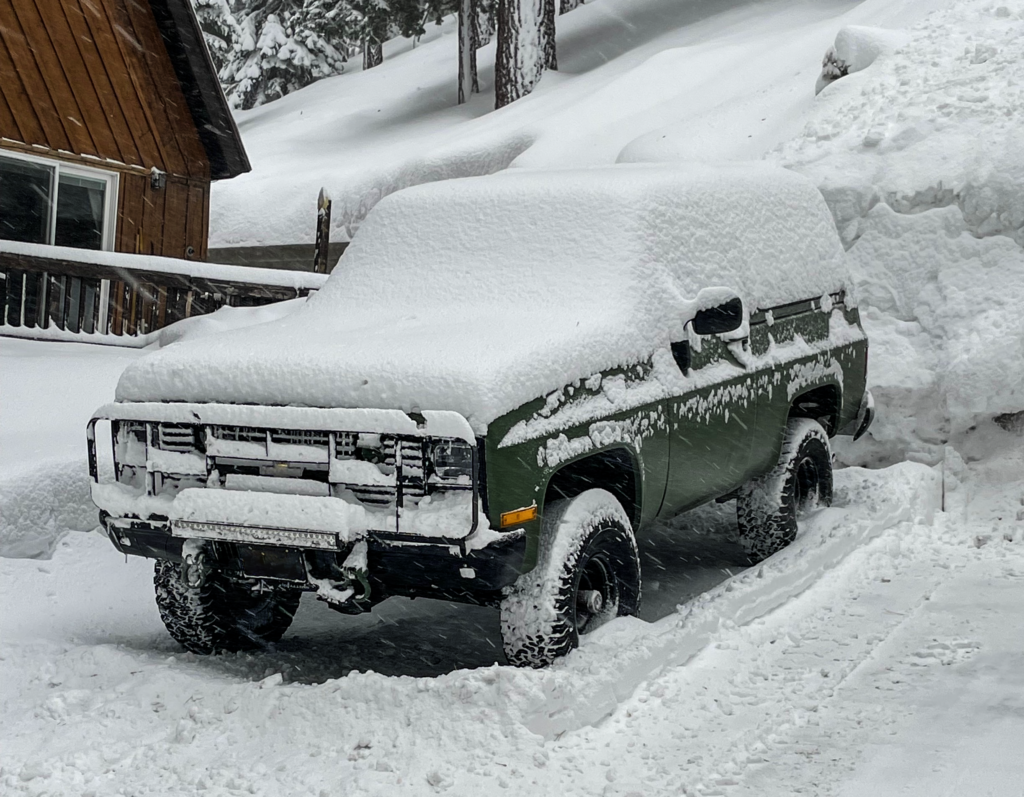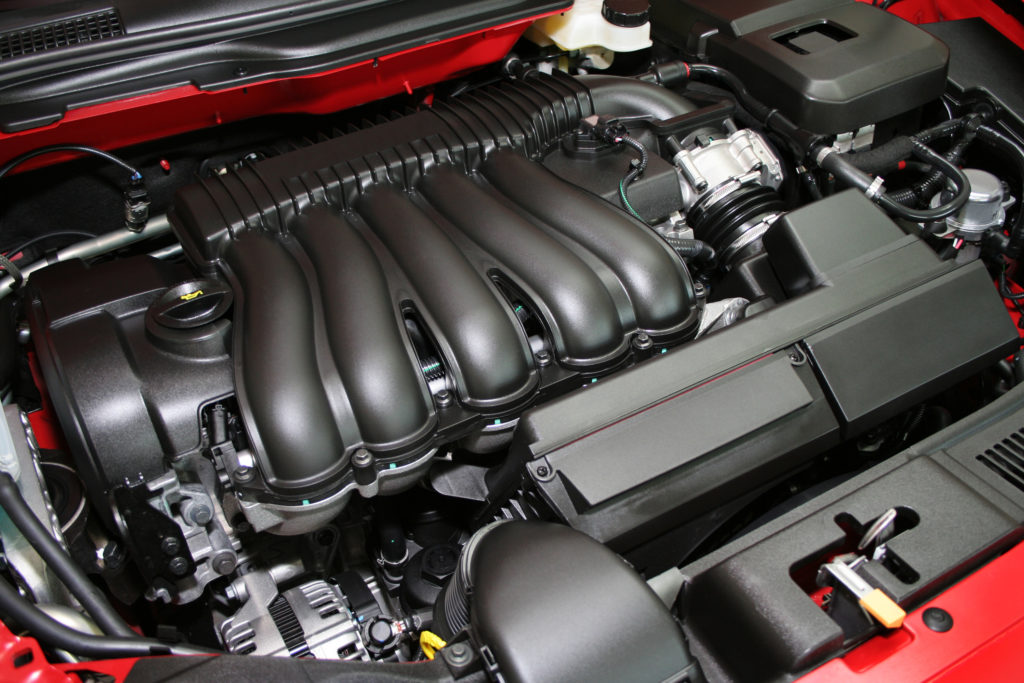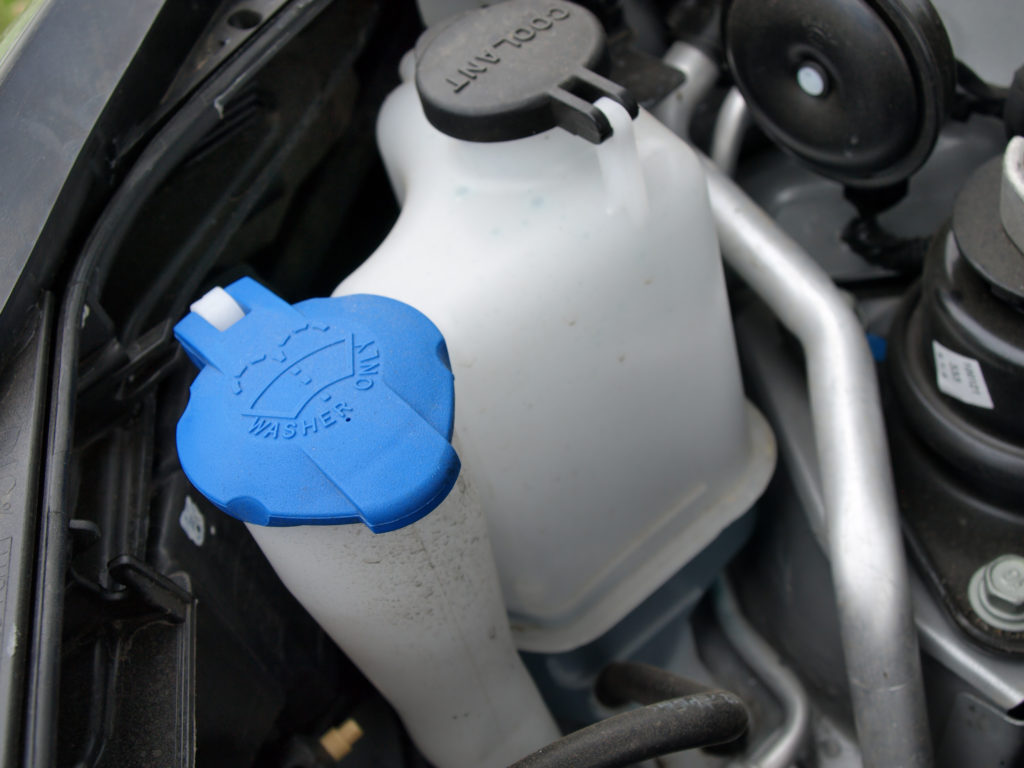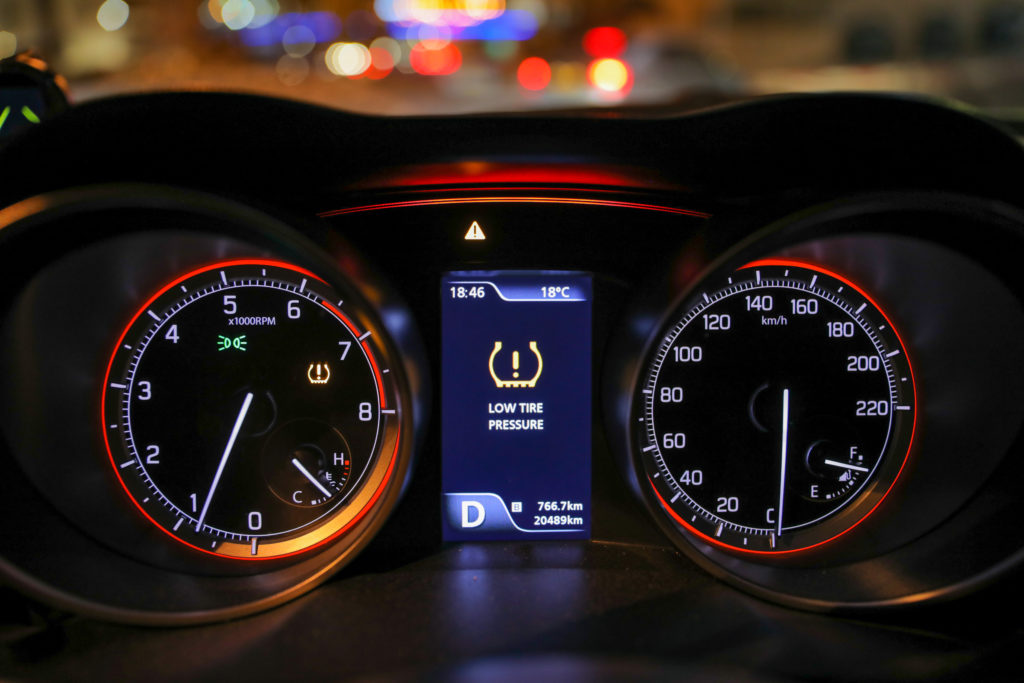If you live someplace where temperatures drop below freezing during the winter, you know that cold weather can cause major problems with your house. Pipes can freeze, snow can strain the roof—and much more.
Frigid winter weather can also cause significant problems with your car. Even though modern vehicles are designed to operate under harsh conditions, extreme cold and severe weather can cause costly breakdowns and failures.

7 Common Cold Weather Failures
Winter is finally here, and along with it comes a string of car problems associated with cold weather. Here are some of the difficulties that freezing temperatures can cause.
Dead or Discharged Battery
Perhaps the most common cold weather failure is a dead battery. Freezing temperatures can lead to an increased rate of discharge for your car’s battery, plus make the engine harder to turn over. Together, those factors can push a marginal battery over the edge, leaving you with a car that won’t start.
Shrinking Plastic Parts
Because modern plastics are lightweight and durable, they usually work well in automotive applications. In extreme cold, however, aging plastic can shrink to the point that it cracks and causes other problems.
For example, it’s possible for a plastic engine intake manifold to shrink enough to cause a lean running condition and an illuminated check engine light.

Damaged Windshield Wipers
Everyone who lives where it snows has dealt with frozen windshield wipers. If you forget to turn the wipers off before turning off your car (or try to clear the windshield with your wipers), the wipers can quickly become damaged by the ice and snow.
Usually, just the wiper blades get damaged, but it’s also possible for the wiper arms and linkage to break.
Broken Washer Bottle and Lines
While we’re on the topic of windshield wipers, it’s also important to mention the windshield washer bottle and lines. What some drivers don’t realize is that there’s a special “winter” de-icer blend of washer fluid. If you don’t switch from the summer blend to the winter blend when the seasons change, the summer blend can freeze, causing the washer bottle and lines to crack.

Damaged Cooling System Components
A 50/50 mixture of antifreeze and water in the cooling system is recommended for most vehicles under most conditions. If the mixture is mostly water, there’s a chance that the water will freeze during the winter, potentially causing damage to cooling system components, such as the radiator and hoses—even the engine can be damaged due to frozen cooling passages.
Low Tire Pressure
Although low tire pressure isn’t exactly a failure, the condition can be annoying and dangerous. Tire pressure typically decreases by 1 to 2 psi for every 10-degree drop in temperature.
Naturally, the decrease in pressure can trigger the tire pressure warning light. Underinflated tires can also reduce traction and handling while increasing the chance of a blowout. Your car’s fuel economy will likely suffer, as well.

Tire pressure typically decreases by 1 to 2 psi for every 10-degree drop in temperature.
Frozen PCV System
Even though it might sound strange, certain vehicles are prone to having their positive crankcase ventilation (PCV) systems freeze, sometimes with dire consequences. The problem occurs in extremely cold climates, where moisture and condensation can turn to ice inside the system.
The PCV system is designed to relieve crankcase pressure by removing combustion gasses from the crankcase, then recirculating them back to the engine. If the PCV system is obstructed by ice, crankcase pressure can increase to the point that the engine seals blow out.
For instance, it’s common for certain model-year General Motors vehicles (Chevy Malibu, GMC Terrain, etc.) equipped with the 2.4L engine to experience a frozen PCV system that causes the engine’s rear main seal to blow out. When that happens, the engine may experience internal damage from being run low on oil.
What Can You Do to Prevent Winter Failures?
While you can’t prevent all winter failures, you can avoid many pitfalls by staying on top of repairs and routine service. Taking care of your car will help keep it running its best during every season, including winter.
Replacing Parts Affected by the Winter Weather
It’s not a good idea to drive a vehicle that isn’t equipped for winter. When the temperature drops, your vehicle could develop all manners of issues, like the ones mentioned above. Fortunately, replacing the parts affected by the cold weather is easy with the help of CarParts.com.
The best part? You won’t even have to take one step outside your door to get your hands on the parts you need. Simply use your mobile phone or computer to visit CarParts.com. Fill out our vehicle selector to narrow down the selection to the parts that fit your ride. Then, use the filters to customize the catalog to your needs.
We source our auto parts from the most trusted manufacturers in the industry to guarantee quality. They come at affordable prices, so you’re sure to get a top-notch component even when you’re shopping on a budget.
Don’t let the faulty parts make driving during winter a hassle. Check out our catalog and shop now!
Any information provided on this Website is for informational purposes only and is not intended to replace consultation with a professional mechanic. The accuracy and timeliness of the information may change from the time of publication.

















